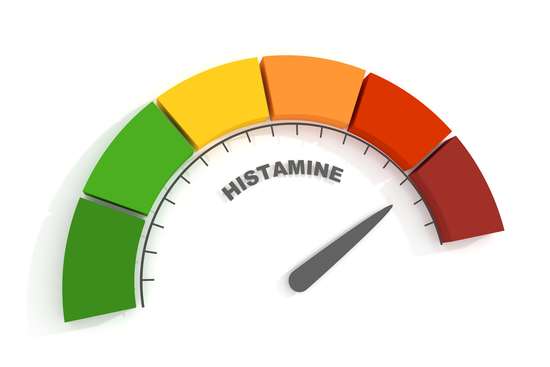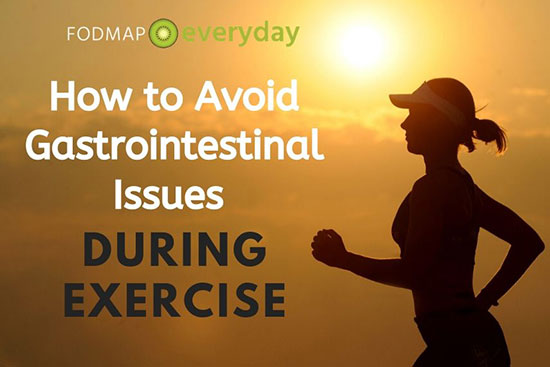Everything You Need to Know About Histamine Intolerance
Histamine is a chemical compound derived from the amino acid histidine. On a daily basis, small amounts of histamine help regulate functions throughout the body. Histamine is produced by the body’s white blood cells, specifically the mast cells, but is also naturally present in many foods. The amount of histamine found in a food may be inherent to the food or depend on external factors such as the stage of maturation, as well as the storage, processing method, and origin. An intolerance to histamine can develop when the body produces more histamine than it can break down. If histamine levels in the body are high for any reason, eating histamine-rich foods can trigger a variety of symptoms that can vary from person to person. Read this article to find out more about the low histamine diet.





